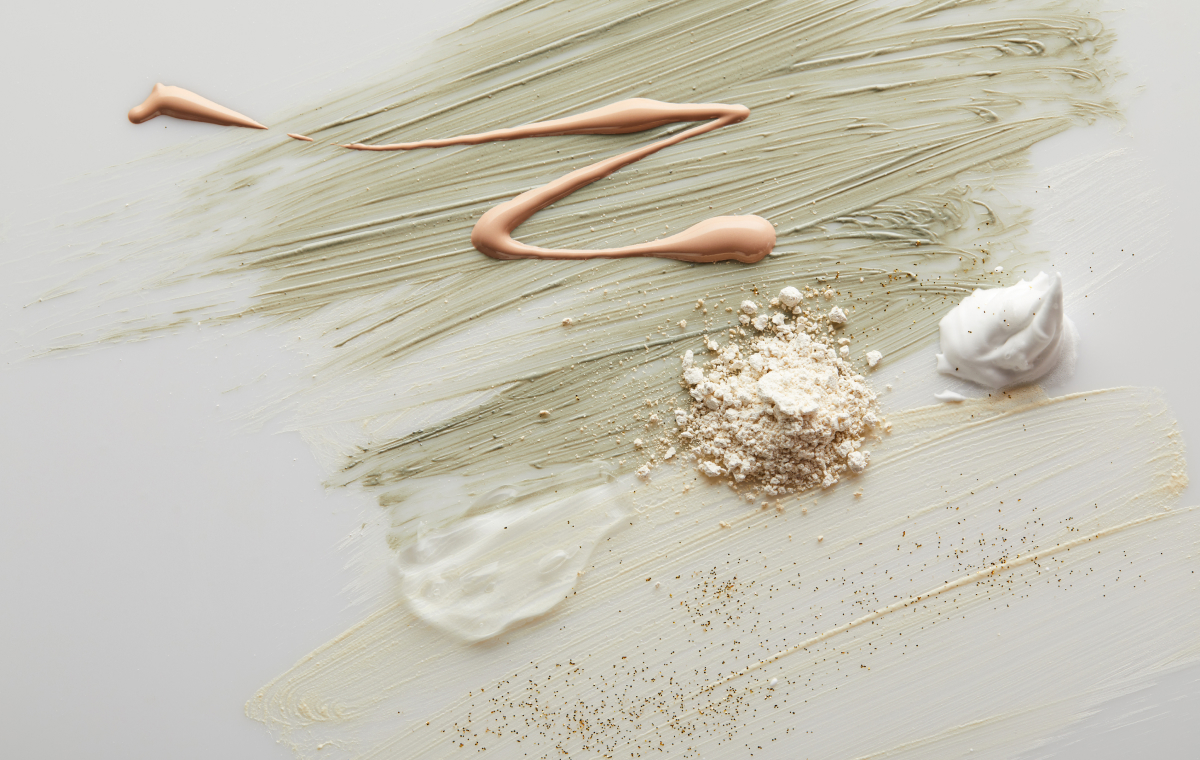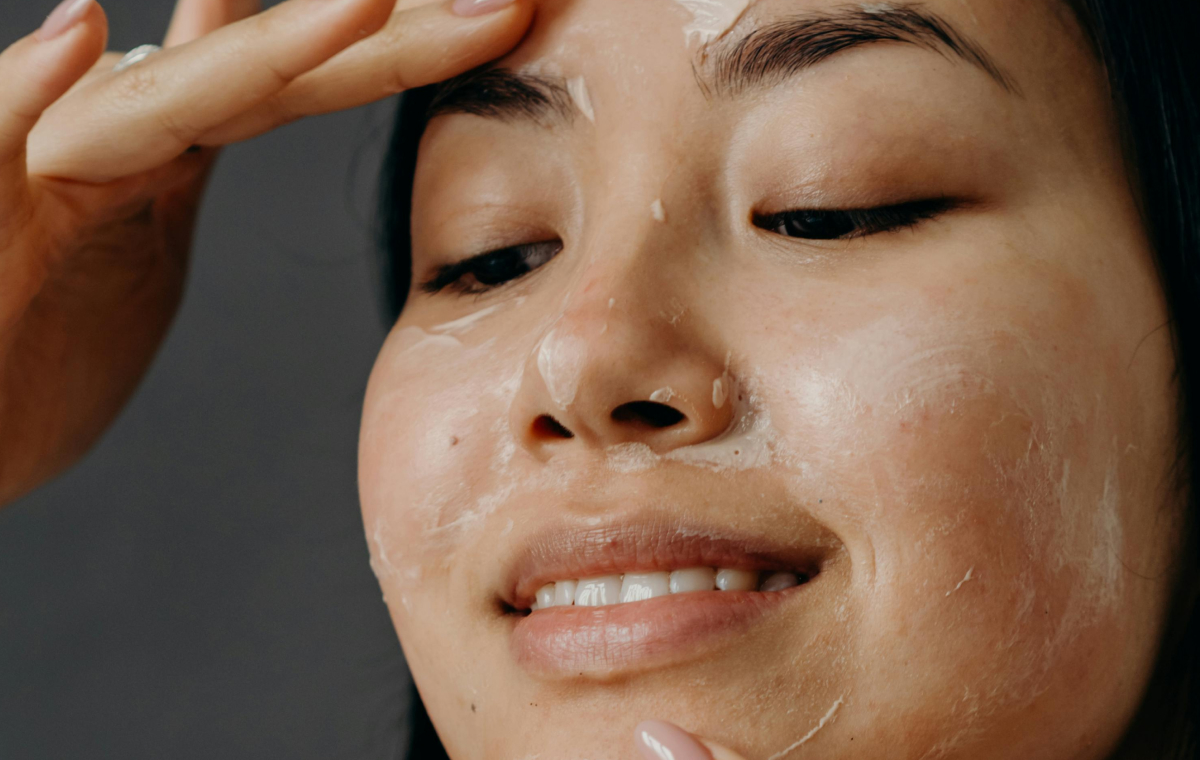When you think of melatonin, a good night’s rest probably comes to mind. But it’s time to get to know it a little differently. Science shows that melatonin is more than a sleep aid—it’s a beauty sleep essential.
As it turns out, your skin produces its own melatonin at night to help it recover from daily stress. And with this in mind, you might start noticing it on the ingredient list of some of your favorite nighttime skincare formulas. But how does it work? What role does melatonin play in happy, healthy, rested skin?
Let’s explore how your skin repairs itself at night, and how melatonin can lend a helping hand.
THE BASICS
MELATONIN (MLT)
WHAT IT IS: A naturally-occurring hormone with powerful antioxidant properties.
WHAT IT DOES: Topical melatonin helps boost the skin’s nightly repair process, supports well-aging, and minimizes damage caused by daily stressors such as UV rays and pollution.
WHO IT'S FOR: Suitable for all skin types, it’s especially loved by those looking for visible repair, firmness, and antioxidant protection.
HOW TO USE IT: Look for it in nighttime eye creams, serums, and moisturizers where it complements skin’s own melatonin production.
GOES WELL WITH: Vitamin C, carnosine, and retinoids can enhance melatonin’s rejuvenating effects.
DON’T MIX WITH: This gentle ingredient fits right into any PM routine.
TRY IT IN: Vital Eyes, Melatonik®️, Retinal Advanced, Age Contour Night
Table of Contents
What is melatonin?

You sink into bed and close your eyes after a long day. As you drift off, your body begins its natural repair mode—and one of the key players behind this process is melatonin.
Melatonin is a naturally occurring hormone. Its main function? Helping to regulate the sleep-wake cycle. Your body’s circadian rhythm kicks off its production at night to help you get to sleep.
But that’s not its only role. Melatonin is also important to the gut, thyroid, lungs, kidneys, and you guessed it, the skin, where it shows off two main strengths: antioxidant and repairing actions.
What role does melatonin play in the skin?
At night, as your skin switches from protect mode to repair mode, melatonin production kicks into gear to help it recover from the day’s stresses. And this is no small feat. Your skin makes even more melatonin to help repair itself than your brain does to help you fall asleep.
What’s its role exactly? Melatonin supports skin regeneration and antioxidant activity, helping neutralize free radicals (unstable molecules that can damage cells and accelerate visible aging).
By reducing oxidative stress, melatonin helps support collagen, elasticity, and an even tone—key for smoother, youthful-looking skin.
How does topical melatonin work?

Topical melatonin works similarly to the melatonin your skin produces naturally. Research shows that it supports overnight recovery and helps prepare your skin’s defenses for the coming day.
In skincare products, melatonin acts as an antioxidant. As it sinks into the skin, it helps repair damage accumulated during the day.
Something else to keep in mind? Natural melatonin levels decrease with age, so using topical formulas in your skincare routine can lend a helping hand. And especially at night—here’s why:
- Your skin’s circadian rhythm: Nighttime is when collagen production and skin renewal peak.
- Increased permeability: The skin barrier becomes more permeable at night, allowing products to get to work right away.
- Fewer external stressors: No sun, minimal pollution—the perfect environment for repair.
Who is melatonin for?
Whatever your skin type, there’s a place for melatonin in your routine. But it’s especially beneficial for those focused on well-aging or skin recovery.
How come? Targeted melatonin products work in harmony with your body’s natural overnight processes to promote smoother, healthier-looking skin.
What other skincare ingredients go well with melatonin?
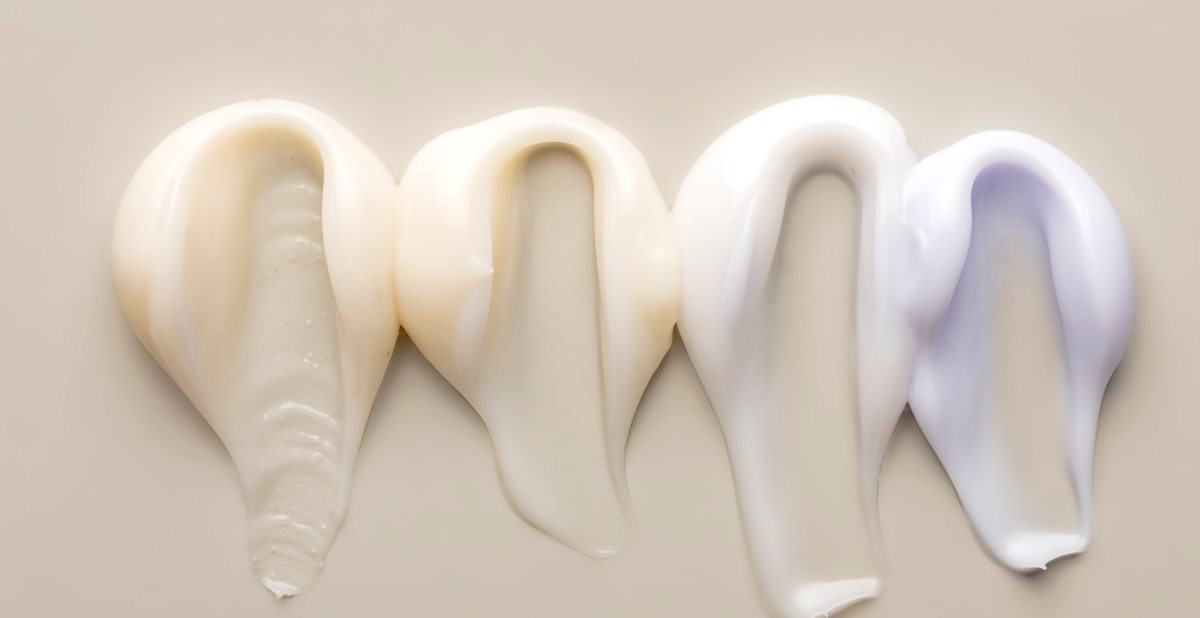
Melatonin + vitamin C
These two powerful antioxidants work together to help your skin fight against daily stressors. Vitamin C reinforces the skin’s building blocks while helping to brighten and protect. Combined with melatonin, it enhances the skin’s natural defenses and boosts overnight repair—in other words, the ideal pair for radiant, revitalized skin.
Melatonin + carnosine
Ever heard of L-carnosine? This natural antioxidant dipeptide helps slow the processes that break down key skin proteins. When paired with melatonin, science shows it can help maintain firmness and combat visible signs of aging.
Melatonin + retinal
Retinal works hard to improve texture, minimize visible wrinkles, and promote even tone. When combined with melatonin, it reinforces antioxidant protection and promotes skin repair for a complete rejuvenating effect. In other words, it’s a powerful well-aging duo.
Your melatonin skincare routine, step by step
Step 1: Use a gentle oil cleanser
Reach for an oil formula to help melt away daily skin stressors. Cleansing oil binds to unwanted oils, makeup, and sunscreen to help eliminate them while adding some much-needed hydration and antioxidant support. Plus, a thorough cleanse leaves the skin ready for your melatonin products to get to work.
Tip: On heavier makeup days, or when your skin feels like it needs a little extra care, opt for a double cleanse. Follow your oil cleanser with a gel scrub or gentle foam.
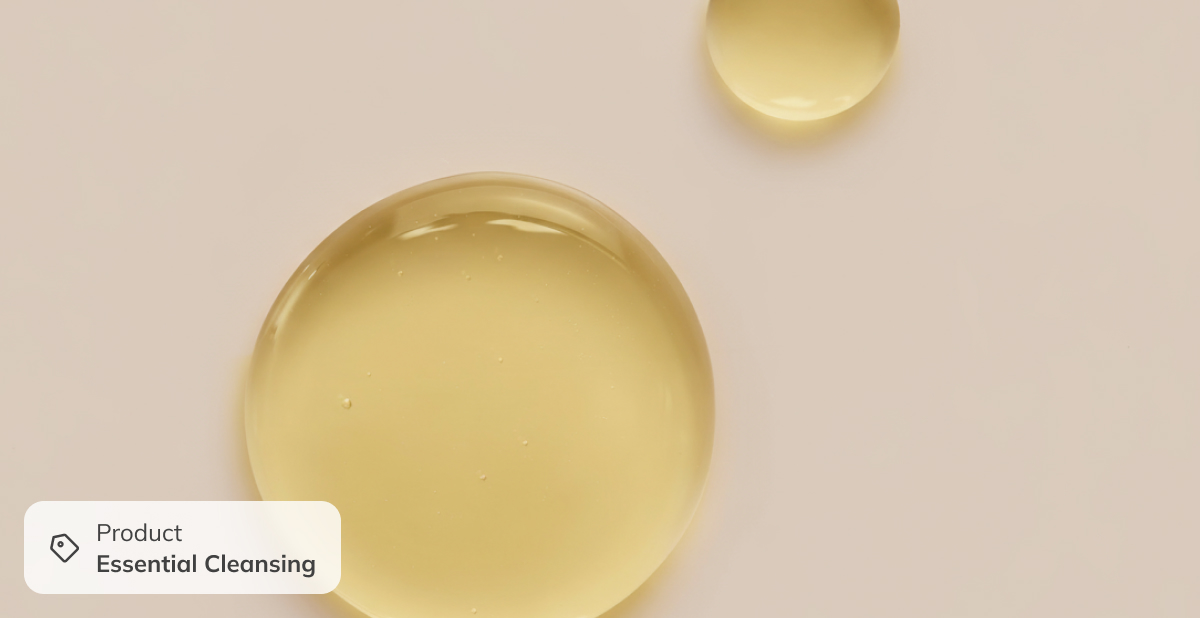
Step 2: Apply a revitalizing eye contour cream
The eye area is delicate and often the first to show signs of fatigue. Choose a formula that blends reparative melatonin with energizing caffeine to help boost antioxidant defenses while you rest.
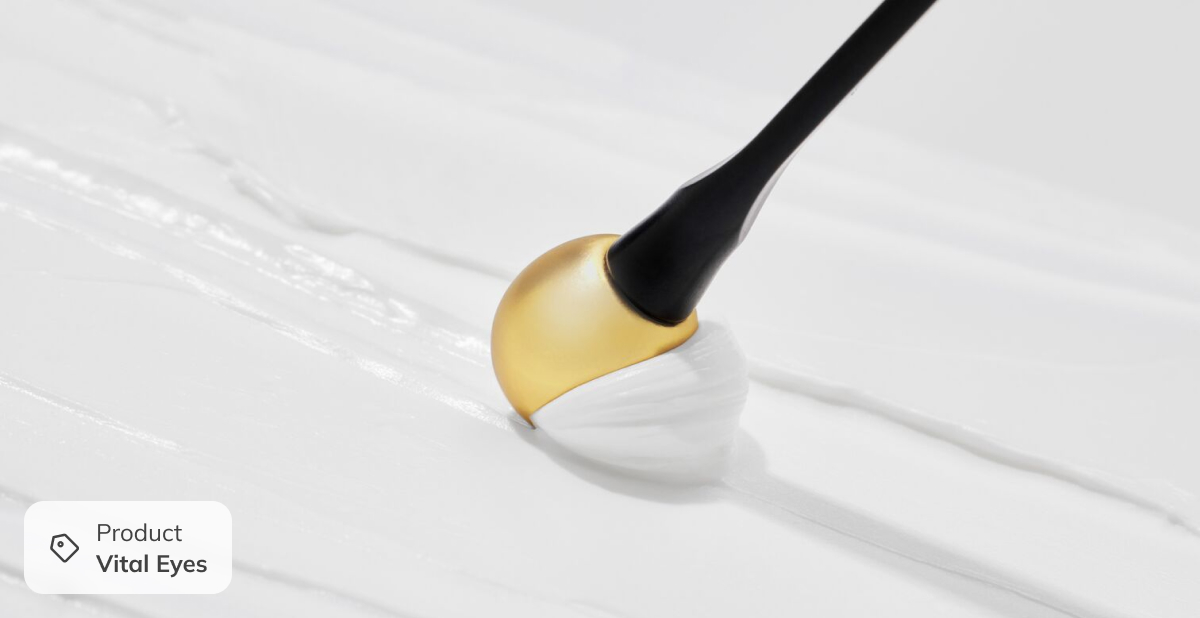
Step 3: Turn to a serum starring melatonin
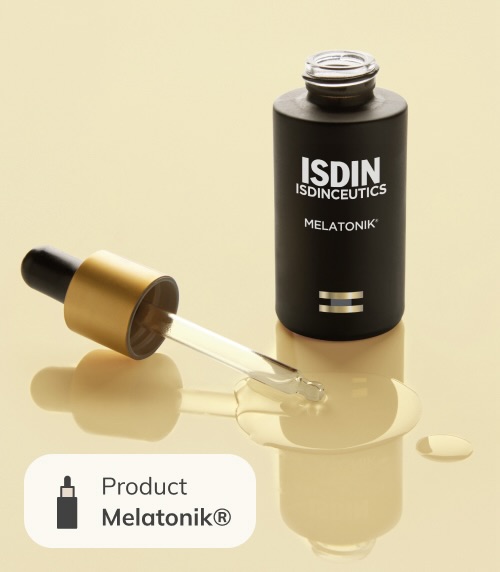
For gentle rejuvenation: Enter Melatonik®️. This 3-in-1 serum containing melatonin, bakuchiol, and vitamin C boosts natural antioxidant defenses and helps to restore vitality and elasticity, for radiant, healthy skin. The best part? It delivers overnight recovery action while still being gentle.
For wrinkle-smoothing action: If you’re ready to combine melatonin with the power of retinoids, look no further than Retinal Advanced. This youth-boosting night serum helps visibly reduce wrinkles and fine lines.
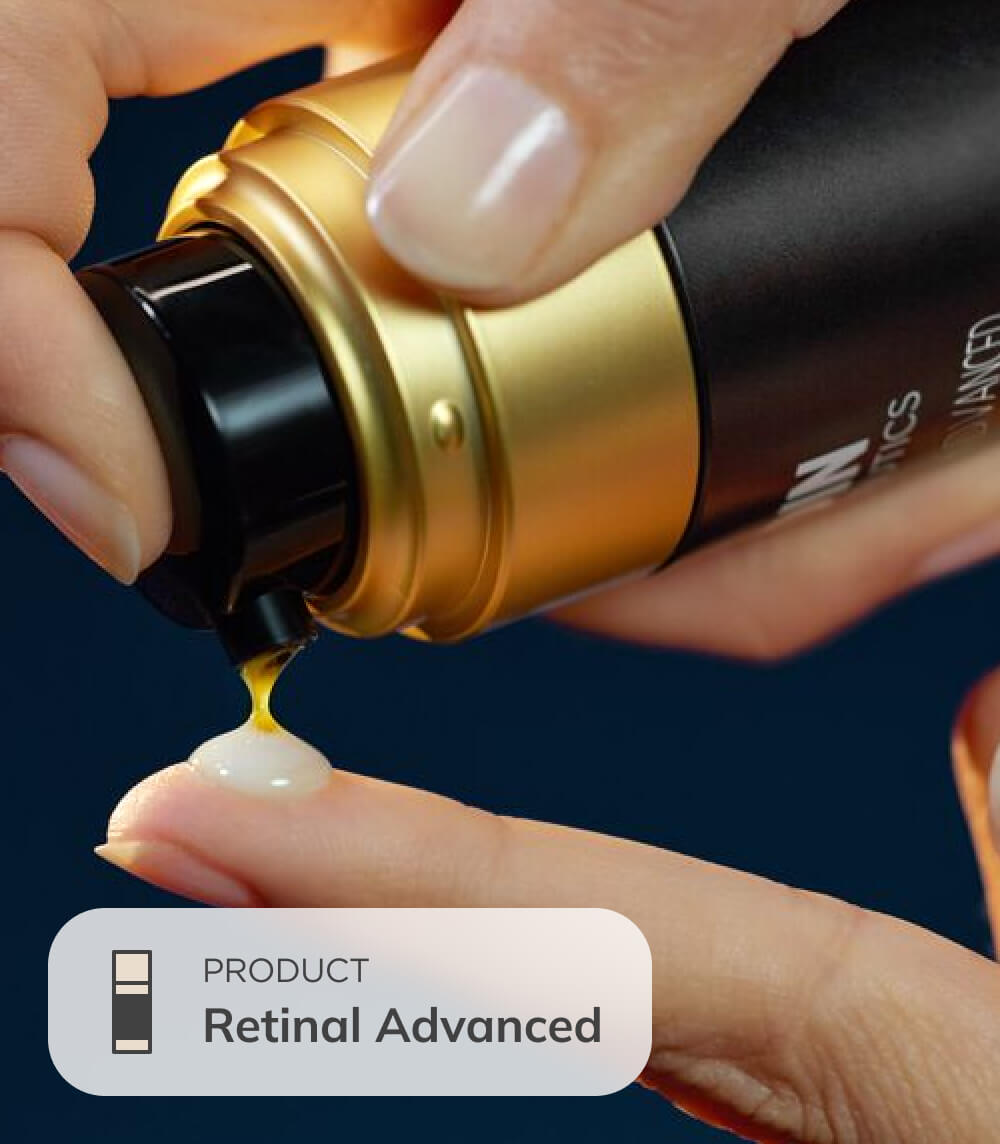
Step 4: Reach for a rejuvenating night cream
After applying your serum, it is time to “seal in” the action with a moisturizer that works to nourish, calm, and firm the skin. Even better if your night cream combines melatonin with amino acids such as carnosine. Carnosine works to fight glycation, a natural process that causes the skin to lose its firmness as we age.
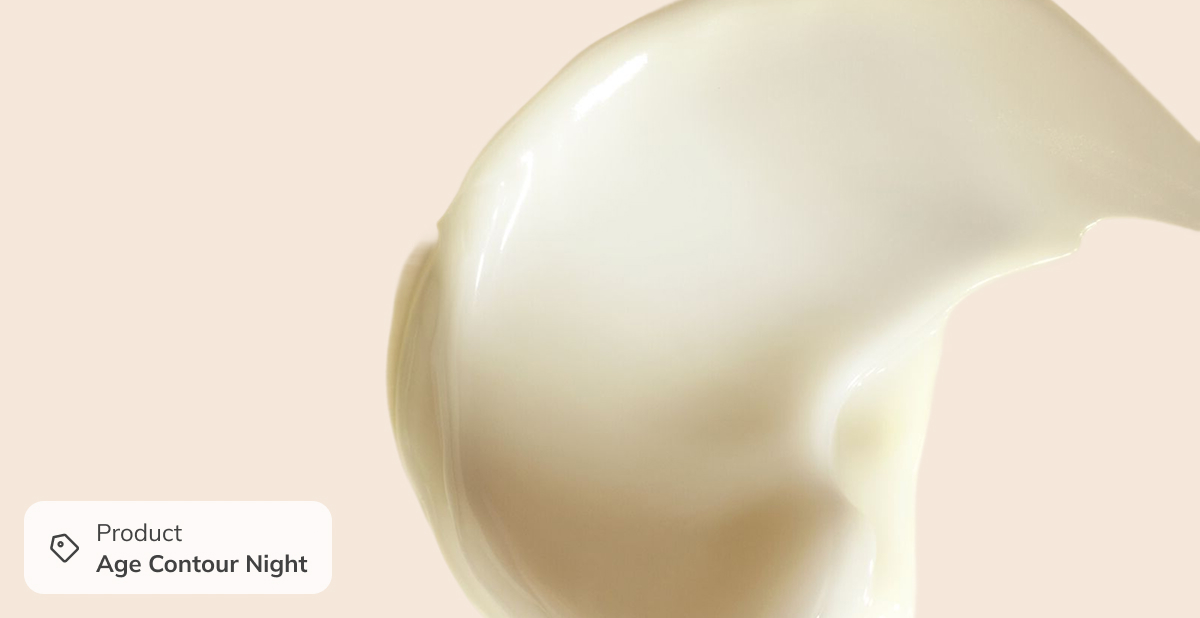
Step 5: Settle in for a good night’s sleep
Your body’s natural melatonin production thrives in darkness—so dim the lights, put your phone away, and enjoy a calming bedtime ritual. A good night’s sleep is essential for both skin repair and overall wellness.
And remember, you don’t have to follow every step perfectly every night. Start with one, and little by little, you’ll create your own version of a dreamy nighttime routine—one that helps your skin wake up renewed.

Sources and references:
Chen, Y., Lyga, J. Brain-Skin Connection: Stress, Inflammation and Skin Aging. In Inflammation & Allergy Drug Targets (2014); 13(3): 177-190.
Matsui, MS., Pelle, E., Dong, K., Pernodet, N. Biological Rhythms in the Skin. In International Journal of Molecular Sciences (2016); 17(6): 801.
Behind the blog:
Article written and reviewed by:
Our namesake embodies the spirit of embracing life and all its wonder. As wellness journalists, we explore topics that invigorate the senses and keep curiosity alive. We believe that glowing skin is the result of a healthy body and mind. Weaving beauty with science, we aim to inspire you to live young at every age.






